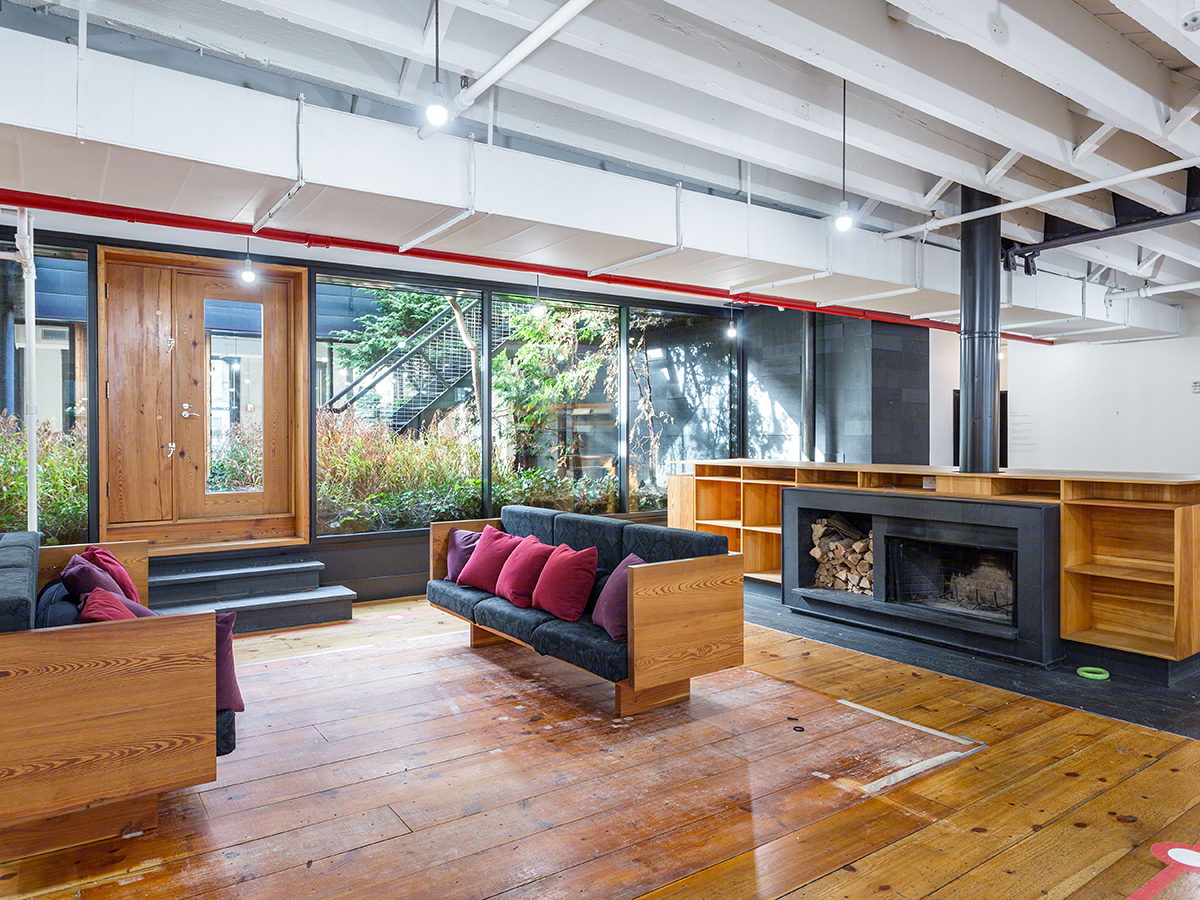‘Burbs Bounce Back
By Robert Bach, National Director of Market Analytics, Newmark Grubb Knight Frank: “Reports of my death have been greatly exaggerated,” said Mark Twain, and the same is true of the suburbs, where demand for office space has been recovering at a faster clip than in the nation’s central business districts.
By Robert Bach, National Director of Market Analytics, Newmark Grubb Knight Frank
“Reports of my death have been greatly exaggerated,” said Mark Twain, and the same is true of the suburbs, where demand for office space has been recovering at a faster clip than in the nation’s central business districts.
CBD office markets ended 2013 with a vacancy rate of 13 percent, tighter than the suburban rate of 16 percent. But the spread between the two has narrowed from 4.3 percentage points in the second half of 2009 to 3.0 points at year-end 2013. Moreover, asking rental rates increased last year by around 3.5 percent in both CBD and suburban markets, although the average CBD rate, influenced by a handful of the nation’s largest, supply-constrained markets, is considerably higher at $29.58 than the suburban average of $23.90.
The ‘burbs are bouncing back in the capital markets, too, although the recovery in pricing trails CBD markets according to the Moody’s/RCA CPPI, a set of commercial property price indices based on repeat sales. Nationally, CBD properties set a new pricing peak in the fourth quarter of 2013 while suburban properties remain 25 percent below their pre-recession peak. The six major markets tracked in the CPPI – Boston, New York, Washington, D.C., Chicago, San Francisco and Los Angeles – have outperformed the national averages with CBD values 9 percent above the prior peak and suburban values 18 percent below. Outside of these six markets, CBD and suburban office values both trail their pre-recession peaks by 12 percent and 32 percent, respectively. But prices are trending higher in all of these categories as investors transition into markets that are earlier in the recovery cycle, hoping to ride them higher.
Suburbs across the U.S. suffered inordinately from the housing bust and the demise of construction jobs. But the housing rebound is pumping new life into suburbs, particularly communities with natural amenities such as a seacoast (think Orange County) or mountains (think Denver’s western suburbs) and communities that are being redeveloped with walkable, higher density, mixed-use districts to complement their traditional single-family neighborhoods. Good public transportation connecting these districts, many of which qualify as suburban downtowns, with their broader regions is a real plus. Higher cap rates and the leasing market recovery underway in the suburbs may offer attractive opportunities for investors.








You must be logged in to post a comment.